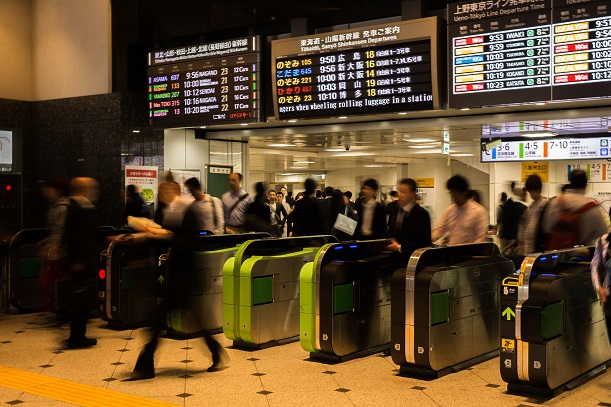Ericsson has made the first deployment of its Elastic RAN in Tokyo, which it said can offer a more flexible coordination of users and cells.
SoftBank deployed Ericsson’s Cloud RAN solution in a Tokyo station, one of the world’s busiest transport hubs, to try and cope with data demands during peak times.
The daily surge in commuters leads to data throughput increasing by up to 40 percent during peak hours.
The solution works by allowing an operator to coordinate and aggregate different network cell carriers regardless of where the user is. Because of this, users are able to benefit from swift and more consistent data speeds.
Mikael Eriksson, Head of Ericsson Japan, said: “Tokyo presents a challenging network environment with very high mobile data usage with short distances between cell sites. This makes inter-cell coordination complex, which is critical to the aggregation of cell carriers required to achieve high performance.
“Elastic RAN introduces a new paradigm with respect to the way we achieve inter-cell coordination by creating borderless coordination areas.”
SoftBank said it would continue to deploy the Elastic RAN throughout dense urban areas.
Hideyuki Tsukuda, Senior Vice President and Deputy Head of Technology Unit, SoftBank, added: “The Japanese market is highly developed, and our customers enjoy using the latest mobile broadband technologies with their smartphones and applications. We are excited to partner with Ericsson in the first introduction of the Elastic RAN solution to enable peak performance of the most advanced smartphones in the world, in the densest and most challenging areas of our network. We are now expanding Elastic RAN deployment to further deliver high performance throughout our network.”


